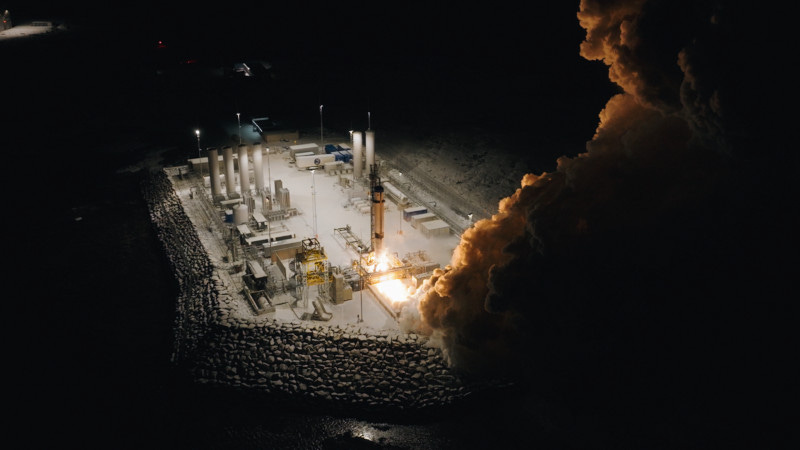Static Fire Test Conducted with Spectrum Lauch Vehicle
Isar Aerospace Lights All Nine First-Stage Engines
On February 14, Isar Aerospace completed the pre-flight stage testing operations on its Spectrum launch vehicle with a 30-second integrated nine-engine static fire test of Stage 1. The successful completion of the test resulted in the qualification of the launch vehicle for flight. Stage 2 had been qualified in a static fire test last year.
“We develop, …




